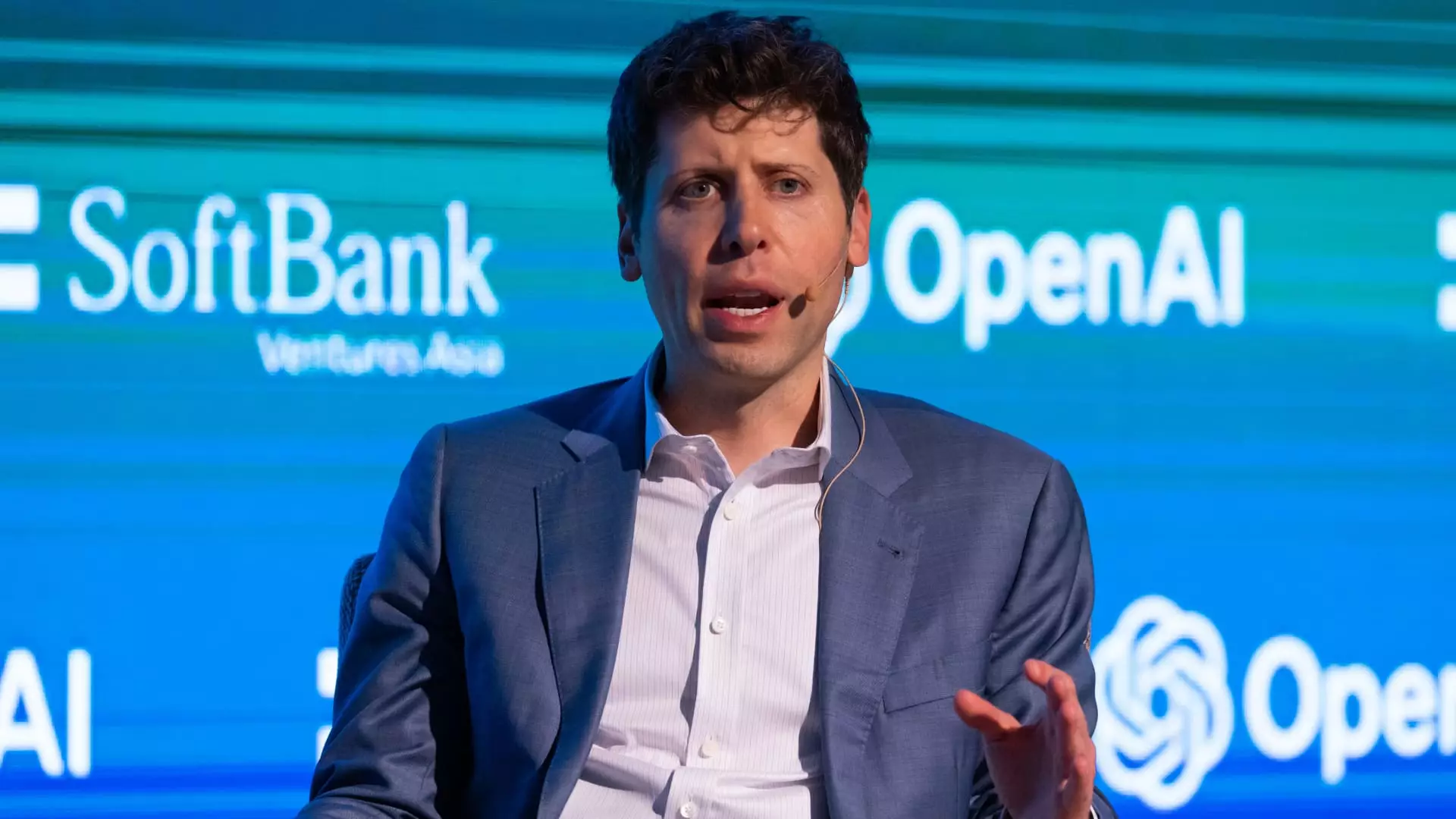OpenAI’s recent announcement regarding its transition to a public benefit corporation (PBC) marks a significant moment in the evolution of the artificial intelligence (AI) landscape. This decision reflects not only the growing commercialization of AI technologies but also the pressures and complexities that accompany the pursuit of expansive growth in a highly competitive market. The board’s declaration underscores that the organization must adapt to a new reality driven by substantial financial investment in AI.
OpenAI’s initial nonprofit structure was a noble endeavor, aimed at researching artificial general intelligence (AGI) with the hope of ensuring that AI develops in a way that benefits humanity. However, as competition intensified—fueled by corporate giants like Microsoft, Google, Amazon, and Elon Musk’s xAI—the organization found itself at a crossroads. The board’s statement highlights the immense capital required to remain a key player in a realm where investments are not merely substantial but staggering, amounting to hundreds of billions. This shift to a PBC is an effort to ease capital constraints and cater to investor preferences for conventional equity models.
The emergence of ChatGPT, OpenAI’s viral chatbot, catalyzed a broader generative AI boom, catapulting the organization to a staggering $157 billion valuation within just two years. Yet with this meteoric rise comes the pressure of rapid expansion and the necessity to maintain a competitive edge. The organization anticipates losses amounting to approximately $5 billion on a revenue of $3.7 billion this year—figures indicating that while the market is burgeoning, the path to profitability is fraught with challenges.
As OpenAI navigates this transition, it faces formidable internal and external obstacles. One of the most notable hurdles is the ongoing legal battle with co-founder Elon Musk. Musk’s allegations that OpenAI’s move toward a for-profit structure amounts to a “total scam” expose a fracture within the founding team and highlight broader questions about ethical considerations and the focus of the organization. His claims that the company has deviated from its original mission could further destabilize investor confidence and public perception.
Moreover, OpenAI’s restructuring comes at a time of significant attrition within its leadership ranks. The departure of key figures, including Chief Technology Officer Mira Murati and research chief Bob McGrew, raises critical questions about the organizational culture and strategic trajectory of the company. Reports indicate that some of these high-profile exits stem from concerns that the organization is prioritizing market viability over safety and ethical considerations—an issue of paramount importance in AI research whose implications ripple through society.
Despite these challenges, OpenAI has articulated a vision for its nonprofit arm to continue engaging in charitable endeavors across healthcare, education, and scientific research. By isolating commercial operations while retaining a focus on public interest initiatives, the company aims to strike a balance between profit motives and ethical obligations. This bifurcated approach could help mitigate investor concerns regarding the ethical dimensions of AI development and the responsibilities that come with it.
Looking to the Future: Strategic Implications
Transforming into a Delaware PBC, OpenAI will enable itself to attract investment while also maintaining its commitment to societal benefits. The intention to hire a separate team for nonprofit activities demonstrates a strategic effort to delineate between profit-centric decisions and mission-driven initiatives. This separation may not only bolster investor confidence but also reassure the public that OpenAI remains committed to a responsible and ethical approach to AI.
Looking ahead, OpenAI’s success in this for-profit endeavor will heavily rely on its ability to innovate continuously while also addressing safety and governance concerns. The tech world is watching closely; the ramifications of OpenAI’s choices will likely resonate throughout the industry, influencing how other organizations approach the intersection of ethics and profitability in AI.
While OpenAI’s transition to a public benefit corporation creates paths to secure necessary financing and enhance competitive resilience, it must navigate a landscape rife with challenges. The interplay between commercial aspirations and ethical commitments will define not only its future viability but also its legacy in shaping the course of artificial intelligence.


Leave a Reply